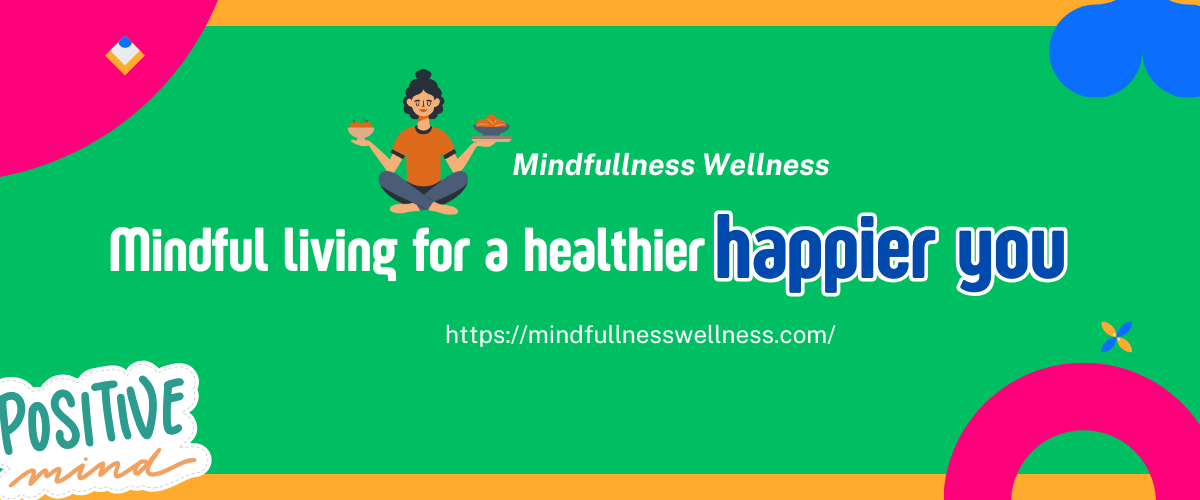🌐 Why Digital Self-Care Matters Today
In 2025, we’re more connected than ever—yet many of us feel disconnected from ourselves. Between endless social media scrolls, non-stop notifications, and work emails that follow us home, our screens have blurred the line between productivity and burnout.
Enter: digital wellness—a fast-rising trend that blends self-care and conscious tech use. It’s not about quitting technology altogether. It’s about setting healthy boundaries so your phone serves you, not the other way around.
🔋 1. Identify Your Screen Stressors
Start by becoming aware of how tech is draining your energy. Is it the constant pinging of messages? The habit of doomscrolling? Or the pressure to reply instantly?
Try this:
- Use your phone’s screen time tracker
- Note which apps consume most of your time and attention
- Ask yourself: “Do I feel better or worse after using this?”
Being honest about your digital habits is the first step to reclaiming your time.
📴 2. Create No-Screen Zones and Times
Designate parts of your day or home as “tech-free.” This helps your brain disconnect, recharge, and become more present in real life.
Examples:
- No phones in bed or at the dinner table
- One hour of screen-free time after waking up
- Airplane mode after 9 PM (your inbox can wait!)
This small act can improve sleep, mood, and focus.
🧘♂️ 3. Replace Scroll Time with Self-Care Time
Screens often become default distractions. When we’re bored or anxious, we scroll. But what if we replaced screen time with genuine self-care?
Try these alternatives:
- Read 10 pages of a real book
- Stretch or do 5 minutes of breathwork
- Write a journal entry
- Take a short walk without your phone
By switching digital input for physical presence, you give your mind a break it craves—but rarely gets.
⏱️ 4. Practice “Intentional Logging On”
Instead of checking your phone randomly all day, schedule intentional check-ins.
How it works:
- Pick 3–4 times daily to check messages/social media
- Set a timer for 10–15 minutes
- Log off fully once the time is up
This helps you stay in control, rather than reacting to every ping and post.
📵 5. Embrace the Joy of Missing Out (JOMO)
Fear of missing out (FOMO) keeps us glued to our screens—but JOMO, the joy of missing out, brings peace. It’s the radical act of enjoying your own life without comparison or distraction.
When you unplug, even briefly, you give space for clarity, creativity, and rest. You stop comparing and start connecting—with yourself, nature, or loved ones.
Tip: Start a “digital Sabbath” once a week. Go offline for a full 24 hours. You’ll be surprised how free it feels.
🧠 The Mental Health Benefits Are Real
Multiple studies show that cutting back on screen time can:
- Reduce symptoms of anxiety and depression
- Improve sleep quality
- Boost productivity and creativity
- Increase face-to-face connection
- Improve posture and reduce eye strain
Even a 30-minute reduction per day makes a noticeable difference in mood and energy.
⚙️ Tech Tools That Help You Disconnect
Yes, ironically—there are apps that help you use tech less:
- Forest: Grow a virtual tree by not touching your phone
- Freedom: Blocks apps and websites during work hours
- One Sec: Adds a pause before opening social media
Sometimes, the solution isn’t to remove technology—but to reframe how we use it.
✨ Start Small, Stay Consistent
Digital wellness doesn’t mean going cold turkey. It’s about tiny shifts with big returns.
Pick one strategy from this list. Try it for a week. See how it feels.
Then try another.
Soon, you’ll find yourself with more time, more clarity, and a calmer mind—without deleting your favorite apps or cutting off your digital life completely.
🌟 Conclusion: Your Mind Deserves a Break
Technology isn’t the enemy. But unconscious tech use is.
By practicing digital self-care, you’re not just reducing screen time—you’re reclaiming your focus, energy, and inner peace. It’s one of the most important self-care steps we can take in this hyperconnected era.
Log out, look up, and reconnect—with the real world, and with yourself.







